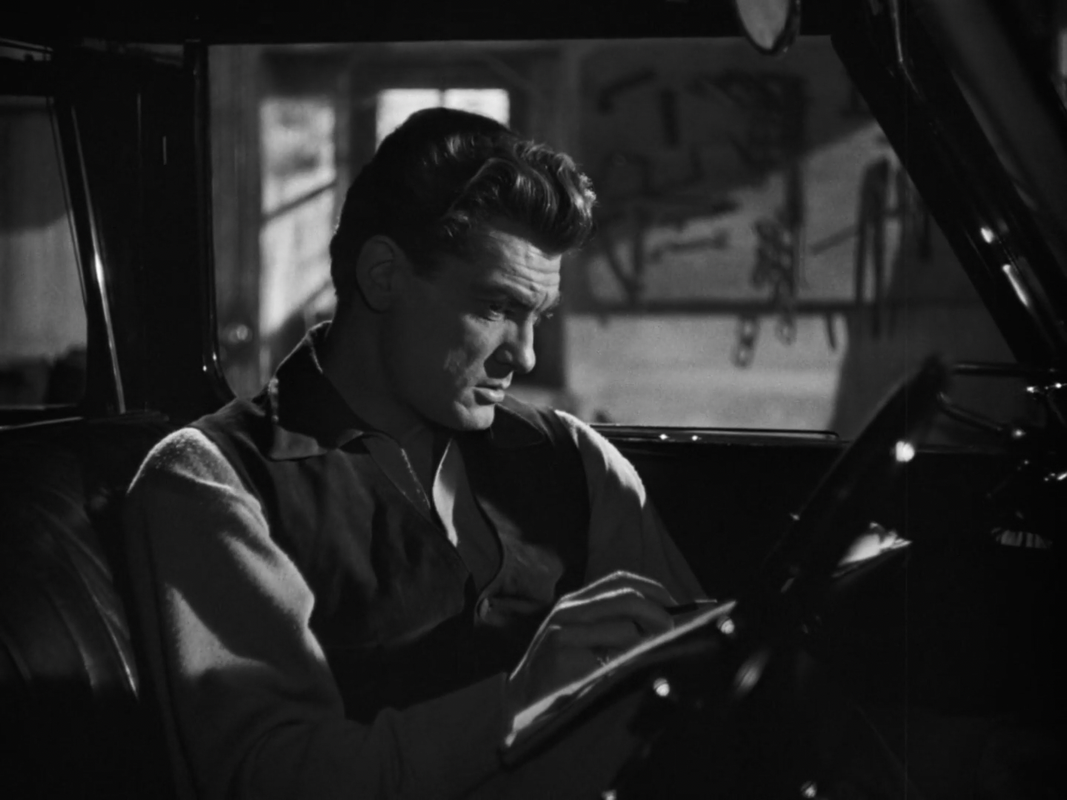“Fame will go by, and so long, I've had you, fame.”Something's Got to Give (George Cukor, 1962)
Nov
10
Forget-Me-Not Day

Marilyn on set during the infamous pool scene, four days days after singing Happy Birthday at JFK's birthday gala. DPs: Franz Planer & Leo Tover.
Everyone assumed that Ellen Arden, swept away during a yacht race, was gone. But there she is, years later, and very much alive.
– Marilyn Monroe, 1962
The story ends on August 4, 1962, almost two months after she was fired from the shoot. Marilyn Monroe was found dead in her home. She was 36 years old.
poetry
Maciste all'inferno [Maciste in Hell] (Guido Brignone, 1925)
Oct
17
sinners

A demon eating a poor sinner. Numerous scenes are directly taken from Gustave Doré's illustrations of Dante's Divina Commedia, chapter Inferno. DPs: Ubaldo Arata, Massimo Terzano & Segundo de Chomón.
“Yes, I'm afraid of death… but for a humble secret agent that's a fact of life, like whisky. And I've drunk that all my life.”Alphaville: Une étrange aventure de Lemmy Caution (Jean-Luc Godard, 1965)
Jul
16
petit déjeuner

In one of the very few daytime scenes, Natacha (Anna Karina) and Lemmy Caution (Eddie Constantine) share breakfast at a small table while awkwardly sitting on the armrests of two upholstered chairs. A large television is set up directly behind the table. DP: Raoul Coutard.
– Lemmy Caution
𝛼-60: “Do you know what illuminates the night?” Lemmy Caution: “Poetry.”Alphaville: Une étrange aventure de Lemmy Caution (Jean-Luc Godard, 1965)
Jul
16
AI Appreciation Day

Natacha von Braun (Anna Karina) and Lemmy Caution (Eddie Constantine). Lights reflected in the windowpane that shields the two characters suggest “the existence of an obscure reality” (after Baudrillard). DP: Raoul Coutard..
Science fiction, of course, doesn't have to be driven by grandes effects, by superstar names and monumental backdrops. It can be cool, dry, colourless even. The hero, in trenchcoat and fedora, traverses a lightless city. There are few others at this time of night. The familiar landmarks of the City of Light become the voice of 𝛼-60, an artificial intelligence that presides over Alphaville.
– 𝛼-60 playing the imitation game with Lemmy Caution
Based on a poem by Paul Éluard, #Godard's Alphaville bears similarities with Jean #Cocteau's Orphée (1950), transported to a mirror world of sorts. It also foreshadows not only our time, but also M. Hulot's, whose #Tativille could be the simulacra of 𝛼-60's simulated, dehumanised world.
“Above all… don’t cut a single image.”Araya [Araya l'enfer du sel] (Margot Benacerraf, 1959)
Jul
5
Venezuela Independence Day

Workers in front of pyramid-shaped piles of salt. DP: Giuseppe Nisoli.
– Jean Renoir in a letter to Margot Benacerraf
“I left forty lira at home, the family is hungry now.”Umut [Hope] (Yilmaz Güney + Şerif Gören, 1970)
Jun
18

Cabbar (Yilmaz Güney, center), his travel companions, and their hosts share an opulent meal. DP: Kaya Ererez.
– Cabbar
“Sleeping or dreaming, the dreamer must accept his dreams.”Orphée [Orpheus] (Jean Cocteau, 1950)
Apr
27
Morse Code Day

Orphée (Jean Marais) in the black car, hearing poetry in Morse. DP: Nicolas Hayer.
#Cocteau's Orpheus – here the mythological poet and musician is personified by Jean Marais – accompanies a fallen young poet transported to the Underworld by car. The car radio plays fragments of poetry, interrupted by #MorseCode. When back in this world, #Orphée obsesses over the lines of radical poetry he heard and returns to the car's radio to retrieve them.
– The Princess
Morse code and other industrial sounds serve as a soundscape for Cocteau's characters. They swerve in and out of it, sometimes fully aware of them (#Orpheus himself is attuned to the #poetry to be found in emergency radio broadcasts), by times passing through like a mirage.
How much Wood would a Woodchuck chuck… – Beobachtungen zu einer neuen Sprache (Werner Herzog, 1976)
Apr
20
National Auctioneers Day

One of the younger auctioneers during his attempt. DP: Thomas Mauch.
#Herzog travels to New Holland, Pennsylvania to witness the 1976 World Livestock Auctioneer Championship. Cattle is weighed and paraded in front of the buyers, and the 53 contestants have a few minutes to auction the animals off to the highest bidder.
We see glimpses of the audience. New Holland is the land of the money-eschewing #Amish, descendants of German-speaking Swiss, whose dress, ways and speech found an ideal state in an increasingly convoluted world. While money rolls, the Amish hand out their home-baked pies free of charge to the Championship onlookers.
To German-as-Apfeltorte Herzog, the auction is bewildering, the “last #poetry possible, the poetry of #capitalism”. In keeping with Herzog's poetic, ecstatic truth, Bruno S. too travels to America and encounters the auctioneers in Stroszek (1977).